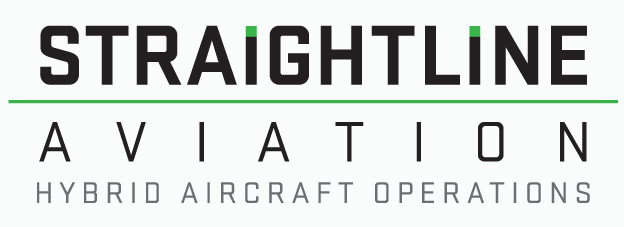Self-Propelled Instrument for Damage Evaluation and Repair (SPIDER) and Hybrid Airship Envelope
To make the hull strong enough to operate in extreme conditions the envelope is made from Vectran, a Kevlar-like fabric arranged in three chambers with two internal curtains down the seam lines.
It is lightweight, inexpensive, and highly resistant to puncture. If the hull is breached anyway, the helium is enclosed at such low pressure that the helium should stay inside the airship or would be released very slowly. That being said the conditions hybrid airship is designed to operate in could cause the envelope to develop pinholes and with Helium being a very small molecule it could be problematic in the long run, if they are not repaired quickly.
The process of patching the pinholes over a large envelope is very time consuming and stops operations taking place. Generally inspecting an airship’s envelope is a manual process requiring incredibly bright handheld lights, meticulous attention to detail and the aircraft to be completely deflated, but the Self-Propelled Instrument for Damage Evaluation and Repair (SPIDER) can perform the same inspections while the craft is fully inflated.
The SPIDER consists of two magnetically attached halves, one that sits on the outside of the airship, while the other clings to it from the inside. Using a set of bright LED lights and a camera, the SPIDER can automatically spot pinhole leaks, and then reposition itself to patch them. Photos of before and after the hole is patched, are sent to a central server for further human inspection, but that adds minimal time to the mostly automated inspection process.
The SPIDER robots have the advantage of running continuously and operating on the bottom, top, and sides of a fully inflated envelope where it can be difficult for people to reach. Since SPIDERs have evolved to a rather small robot in order to operate over curved surfaces and climb the envelope, a team of SPIDERs allow for an even faster inspection and repair process.


